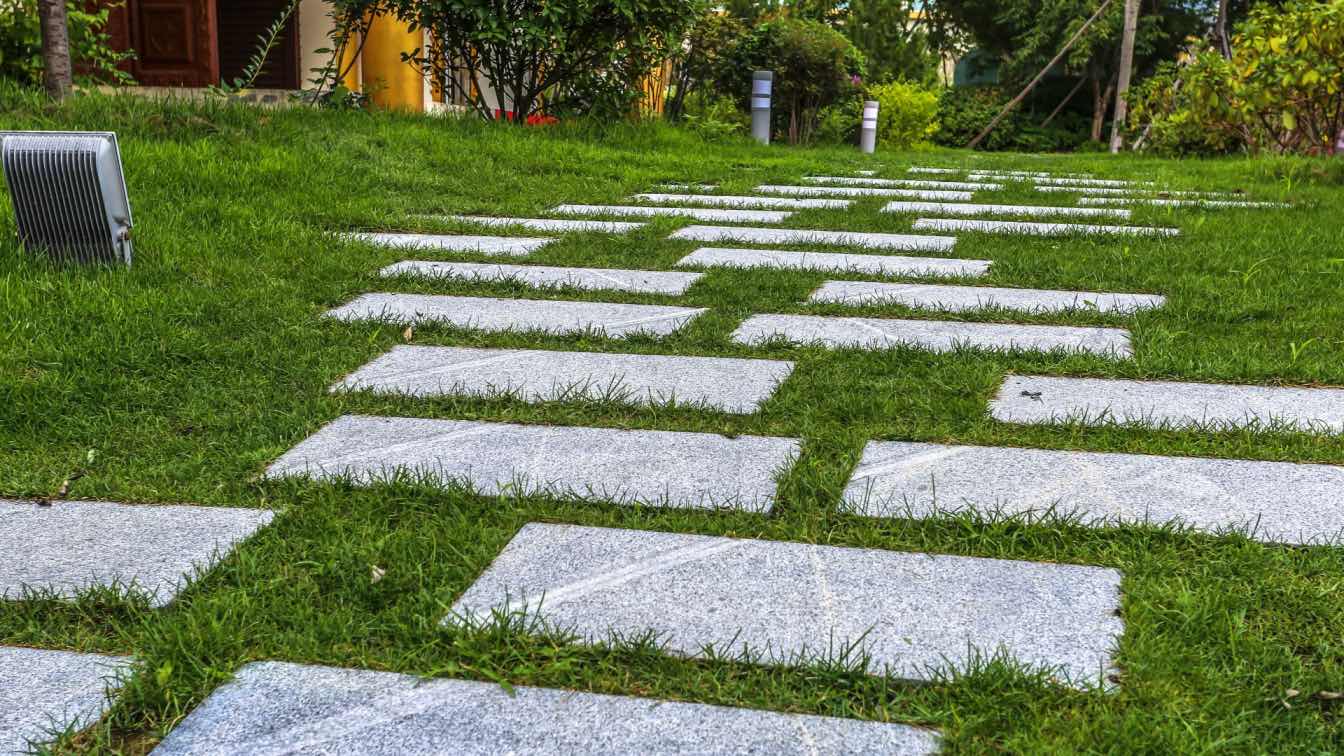In the hustle and bustle of modern life, finding solace in nature has become a precious commodity. As our homes evolve into sanctuaries, the importance of creating a harmonious outdoor space cannot be overstated. One of the most enchanting ways to achieve this is by harnessing the power of plants. Beyond their aesthetic appeal, plants bring a touch of nature's magic into our lives, transforming our surroundings into vibrant, living canvases. Let's explore the art of using plants to enhance outdoor design and create a sanctuary of serenity right at our doorstep.
Types of Plants
Embracing the Green Tapestry
Imagine stepping into your backyard and being greeted by a lush, green tapestry that soothes the soul. Achieving this verdant haven is not just about picking any plant – it's about curating a diverse collection that creates a symphony of colors, textures, and fragrances.
Native Plants: Rooted in Harmony
When choosing plants for your outdoor space, consider the beauty and resilience of native species. Native plants are adapted to your region's specific climate, soil, and water conditions, making them low-maintenance and ecologically beneficial. So, if you’re located south, for instance, you might opt for cylindropuntia kleiniae, commonly known in the USA as Klein’s cholla, which is a species of cactus. This plant is native to the southwestern United States and northern Mexico. On the other hand, if your location is in the northeastern part of the country, you might consider the vibrant and hardy native plant, the Eastern Red Columbine (Aquilegia canadensis). With its distinct red and yellow flowers, this perennial thrives in the cooler climates of the northeast, adding a splash of color to your garden while effortlessly adapting to the local environmental conditions.
Sculptural Plants: Art in Greenery
For a touch of drama and visual interest, introduce sculptural plants into your outdoor design. These are plants with unique shapes, sizes, and architectural qualities that serve as focal points in your landscape.
Succulents and cacti, with their striking forms and minimal water requirements, can be arranged in eye-catching patterns. Ornamental grasses, with their graceful plumes, add a sense of movement to your garden. Consider incorporating topiaries or espaliered trees for a more formal and structured look.
Seasonal Wonders: A Garden for All Times
A well-designed outdoor space should be a joy throughout the year, evolving with the changing seasons. Plan your garden to showcase a variety of plants that bloom at different times, ensuring a continuous display of color and life.
In spring, welcome the burst of blossoms from flowering trees like cherry or magnolia. Summer can be adorned with the vibrant hues of annuals and perennials, while fall brings a tapestry of warm tones with deciduous trees and shrubs. Even in winter, evergreen plants provide structure and greenery, creating a serene backdrop against the muted landscape.
Edible Gardens: Tantalizing the Senses
Why not make your outdoor space not only visually appealing but also a source of fresh, flavorful delights? Edible gardens are a trend gaining popularity, allowing you to combine practicality with aesthetics.
Herb gardens, with their fragrant leaves and culinary uses, can be incorporated seamlessly into your landscape. Consider planting colorful vegetables like rainbow chard or heirloom tomatoes for a visual feast. Fruit trees, such as citrus or apple, not only provide shade but also bear the gift of sweet, juicy treasures.
Creating Microcosms: Gardens within Gardens
Break down your outdoor space into smaller, thematic areas to create a sense of exploration and intimacy. These microcosms can represent different styles, themes, or moods, creating a diverse and visually engaging landscape.
A meditation corner with aromatic herbs like lavender and rosemary can offer a tranquil retreat. A butterfly garden filled with nectar-rich flowers will attract these delicate creatures, adding a touch of enchantment to your space. Embrace the charm of a cottage garden with a mix of perennials and climbing roses, creating a romantic and whimsical atmosphere.
Sustainable Landscaping: Harmony with Nature
Incorporating sustainable practices into your outdoor design not only benefits the environment but also ensures a resilient and thriving landscape. Choose plants that are well-suited to your local climate, reducing the need for excessive water and maintenance.
Mulching your garden helps retain moisture, suppress weeds, and enrich the soil. Rainwater harvesting systems can be installed to collect and store rainwater for irrigation, reducing dependence on municipal water supplies. Opt for permeable paving options, such as gravel or permeable pavers, to prevent water runoff and promote groundwater recharge.
As we weave the tapestry of our outdoor spaces, let's remember the transformative power of plants. Beyond mere decoration, they offer a connection to the natural world, a respite from the chaos of daily life. Whether you opt for native plants, sculptural wonders, or edible delights, the key is to create a landscape that reflects your personality and invites nature to play a leading role.
In this endeavor, remember that gardens are not static; they are living, breathing entities that evolve and change with the seasons. Embrace the ephemerality of blossoms and the resilience of greenery. Let your outdoor space be a canvas where nature's palette comes alive, a sanctuary where you can find peace, inspiration, and the simple joy of being surrounded by the beauty of the natural world.





